Home>Furniture & Design>Interior Design Trends>Why Are Dr. Brown’s Glass Bottles Discontinued
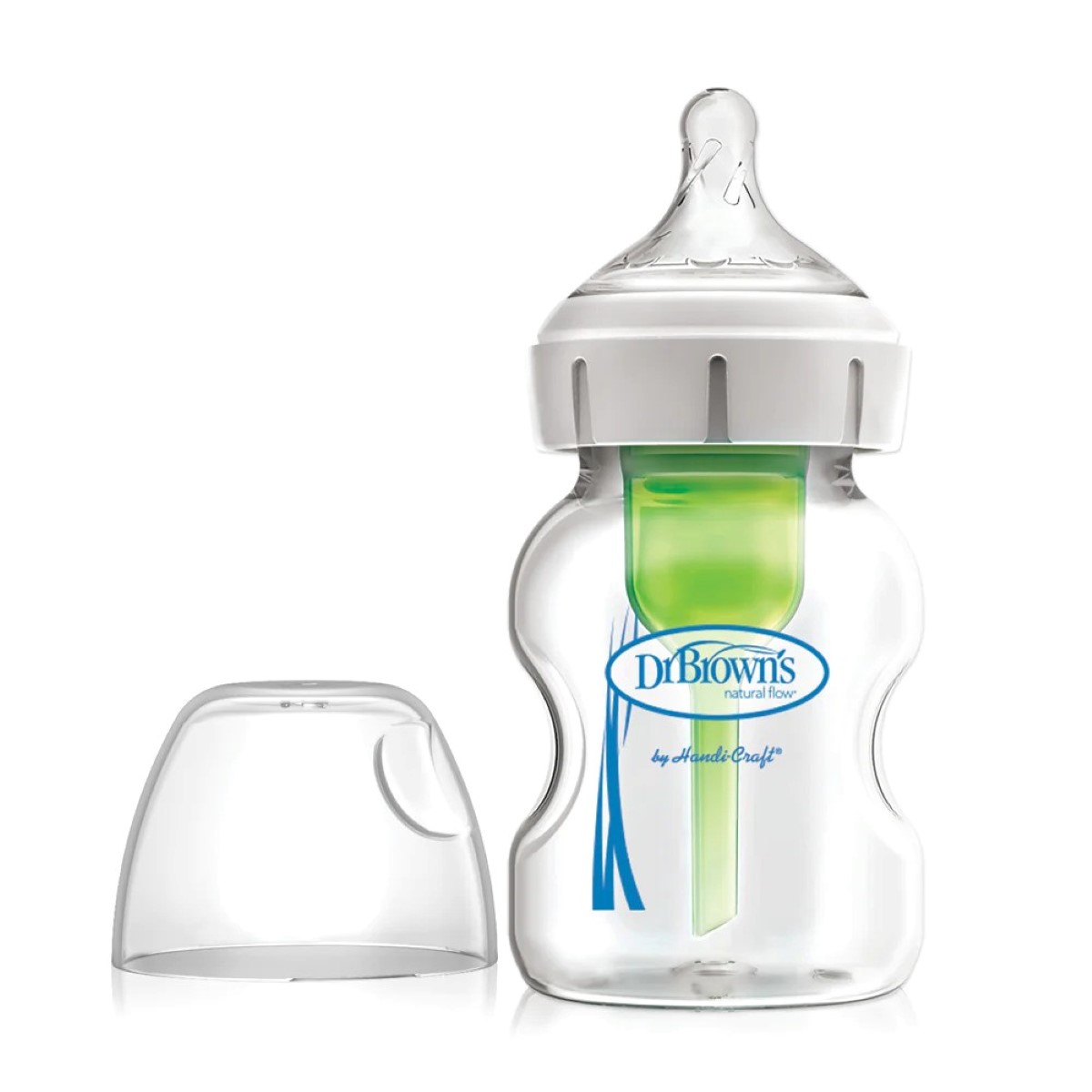

Interior Design Trends
Why Are Dr. Brown’s Glass Bottles Discontinued
Published: February 6, 2024
Discover the latest interior design trends and find out why Dr. Brown's glass bottles have been discontinued. Explore alternatives and make informed choices for your home.
(Many of the links in this article redirect to a specific reviewed product. Your purchase of these products through affiliate links helps to generate commission for Storables.com, at no extra cost. Learn more)
Introduction
Dr. Brown's glass bottles have been a staple in the world of baby feeding for decades, cherished by parents and trusted by healthcare professionals. These iconic bottles have long been synonymous with quality, safety, and innovation, making them a go-to choice for many families. However, recent developments have left consumers puzzled and concerned as to why Dr. Brown's glass bottles have been discontinued.
The decision to discontinue these beloved glass bottles has sparked curiosity and raised questions among parents and caregivers who have relied on them for their little ones. The sudden absence of these bottles from the market has left many wondering about the reasons behind this unexpected change. As a result, it's essential to delve into the history of Dr. Brown's glass bottles, explore the factors that led to their discontinuation, and consider the impact of this decision on consumers. Additionally, we'll explore alternative options available to those who have come to depend on Dr. Brown's glass bottles for their infants.
The discontinuation of Dr. Brown's glass bottles represents a significant shift in the landscape of baby feeding products, prompting a closer examination of the implications for both parents and the industry as a whole. By understanding the context and rationale behind this decision, consumers can make informed choices and adapt to the evolving market of baby feeding essentials. Let's embark on a journey to uncover the story behind the discontinuation of Dr. Brown's glass bottles and explore the options available for those seeking reliable and safe alternatives.
Key Takeaways:
- Dr. Brown’s glass bottles were discontinued due to changing consumer preferences, technological advancements, environmental concerns, and cost considerations, prompting a shift towards innovative and sustainable baby feeding solutions.
- Consumers can explore BPA-free plastic, eco-friendly silicone, and stainless steel bottles as alternatives to Dr. Brown’s glass bottles, each offering unique features to cater to their infant feeding needs.
Read more: What Is A Brown Glass Clorox Bottle Worth
History of Dr. Brown's Glass Bottles
Dr. Brown's glass bottles have a rich and storied history that spans several decades, rooted in a commitment to providing innovative and reliable feeding solutions for infants. The journey of these iconic bottles began with a vision to address common feeding challenges faced by babies, ultimately revolutionizing the way parents approached infant nutrition.
The inception of Dr. Brown's glass bottles can be traced back to a passionate pediatrician, Dr. Frank Brown. Dr. Brown recognized the need for a feeding system that could mitigate issues such as colic, gas, and reflux in infants. Motivated by a desire to improve the feeding experience for both babies and parents, he embarked on a mission to develop a solution that would set new standards in baby feeding.
Drawing upon his medical expertise and a deep understanding of infant physiology, Dr. Brown collaborated with a team of dedicated professionals to design a unique venting system that would promote a more natural feeding process. This innovative approach aimed to reduce air intake during feeding, thereby alleviating common feeding-related discomforts experienced by infants.
The introduction of Dr. Brown's glass bottles marked a significant milestone in the realm of baby feeding products. The incorporation of the patented venting technology set these bottles apart, garnering widespread acclaim from healthcare professionals and parents alike. The bottles quickly gained a reputation for their ability to enhance the feeding experience, leading to increased adoption and trust among families seeking superior feeding solutions for their little ones.
Over the years, Dr. Brown's glass bottles became synonymous with quality, safety, and innovation in the baby care industry. Their enduring legacy was characterized by a steadfast commitment to meeting the evolving needs of infants and providing parents with peace of mind. The bottles' impact extended beyond mere functionality, as they became emblematic of a nurturing and supportive approach to infant nutrition.
As Dr. Brown's glass bottles became a household name, they remained at the forefront of advancements in baby feeding technology, continually striving to uphold their legacy of excellence. The history of these bottles is a testament to the dedication and vision of Dr. Frank Brown, whose pioneering spirit continues to resonate through the enduring impact of Dr. Brown's glass bottles on the world of infant care.
Reasons for Discontinuation
The decision to discontinue Dr. Brown's glass bottles, a beloved and trusted staple in the realm of baby feeding, has left many consumers seeking clarity on the underlying reasons. Several factors have contributed to this unexpected development, prompting a shift in the landscape of infant feeding products.
One of the primary drivers behind the discontinuation of Dr. Brown's glass bottles is the evolving consumer preferences and market dynamics. In recent years, there has been a noticeable shift towards alternative materials, such as BPA-free plastics and lightweight, durable materials that offer convenience and portability. This changing consumer landscape has influenced the demand for baby feeding products, leading manufacturers to reassess their product offerings and adapt to evolving preferences.
Additionally, advancements in material technology and manufacturing processes have played a pivotal role in the decision to discontinue glass bottles. The emergence of innovative materials that offer enhanced safety, durability, and ease of use has prompted a reevaluation of traditional glass bottles. Manufacturers have increasingly focused on developing cutting-edge materials that align with modern consumer expectations, leading to a gradual phasing out of glass bottles in favor of more contemporary alternatives.
Furthermore, environmental considerations have also factored into the discontinuation of Dr. Brown's glass bottles. As sustainability and eco-consciousness have gained prominence in consumer decision-making, there has been a growing emphasis on reducing the environmental impact of baby feeding products. This has led manufacturers to explore eco-friendly materials and packaging solutions, with a view towards minimizing waste and promoting sustainability throughout the product lifecycle.
Moreover, the cost and logistics associated with producing and distributing glass bottles have influenced the decision to discontinue them. Glass bottles typically entail higher production and transportation costs compared to alternative materials, which can impact pricing and accessibility for consumers. Manufacturers have sought to streamline their product lines and optimize operational efficiencies, leading to a strategic shift away from glass bottles in favor of more cost-effective and practical options.
In essence, the discontinuation of Dr. Brown's glass bottles reflects a confluence of factors, including shifting consumer preferences, technological advancements, environmental considerations, and economic considerations. These collective influences have prompted a reevaluation of traditional feeding products, paving the way for a new era of innovative and sustainable baby feeding solutions.
Dr. Brown’s discontinued their glass bottles due to a decrease in demand and a shift towards more popular plastic options. Glass bottles may still be available from other brands.
Impact on Consumers
The discontinuation of Dr. Brown's glass bottles has reverberated across the consumer landscape, eliciting a range of responses and implications for parents and caregivers. This unexpected shift in the availability of a longstanding feeding essential has left a notable impact on consumers, prompting them to navigate the evolving market of baby feeding products with a sense of adaptation and consideration.
For many consumers, the discontinuation of Dr. Brown's glass bottles has prompted a period of adjustment and reassessment of their feeding choices. Parents who have relied on these bottles for their infants' feeding routines may find themselves seeking alternative options that align with their preferences and requirements. This transition entails a process of exploration and evaluation as consumers navigate the diverse array of feeding products available in the market, weighing factors such as safety, functionality, and convenience.
Furthermore, the discontinuation of these iconic glass bottles has evoked a sense of nostalgia and sentimentality among consumers who have cherished their role in nurturing their infants. The emotional connection forged with Dr. Brown's glass bottles, rooted in trust and reliability, has prompted a reflective consideration of the impact of this change on the feeding experience and the cherished moments shared with their little ones.
In addition, the discontinuation of Dr. Brown's glass bottles has sparked conversations and inquiries within the parenting community, fostering a collective exchange of insights and experiences. Parents and caregivers have sought to understand the implications of this shift, sharing perspectives and recommendations as they navigate the process of identifying suitable alternatives that resonate with their individual preferences and the unique needs of their infants.
Moreover, the discontinuation of these bottles has underscored the significance of informed decision-making and adaptability among consumers. As parents seek to prioritize the well-being and comfort of their infants, the impact of this change has prompted a heightened awareness of the diverse options available, empowering consumers to make discerning choices that align with their values and priorities.
Ultimately, the discontinuation of Dr. Brown's glass bottles has prompted a multifaceted impact on consumers, encompassing emotional resonance, practical considerations, and a renewed emphasis on informed decision-making. As consumers navigate this transition, they are poised to embrace the evolving landscape of baby feeding products with a sense of resilience and discernment, ensuring that the nurturing journey with their infants continues with a steadfast commitment to quality and care.
Alternatives to Dr. Brown's Glass Bottles
In light of the discontinuation of Dr. Brown's glass bottles, consumers are presented with a diverse array of alternative options that cater to their infant feeding needs. The evolving landscape of baby feeding products offers a multitude of alternatives, each with unique features and benefits that aim to provide a seamless and nurturing feeding experience for infants.
One prominent alternative to Dr. Brown's glass bottles is the range of BPA-free plastic bottles available in the market. These bottles offer lightweight and durable options that align with modern consumer preferences for convenience and portability. With innovative designs and advanced venting systems, BPA-free plastic bottles provide a practical and versatile choice for parents seeking reliable feeding solutions for their infants.
Furthermore, the emergence of eco-friendly and sustainable feeding products has introduced a new category of alternatives to traditional glass bottles. Manufacturers have developed feeding bottles crafted from materials such as silicone, which offer enhanced durability and environmental consciousness. These eco-friendly alternatives resonate with consumers who prioritize sustainability and seek feeding products that minimize environmental impact.
In addition to plastic and eco-friendly options, the market also features stainless steel bottles as a compelling alternative to glass bottles. Stainless steel bottles offer exceptional durability and insulation properties, making them well-suited for parents who prioritize long-term utility and thermal regulation. With a focus on safety and longevity, stainless steel bottles present a robust alternative for infant feeding needs.
Moreover, the availability of specialized feeding systems, such as anti-colic bottles and wide-neck bottles, provides tailored alternatives that cater to specific feeding requirements. These specialized options incorporate advanced features designed to address common feeding challenges, offering a diverse range of alternatives that accommodate the unique needs of infants and the preferences of caregivers.
As consumers navigate the landscape of alternatives to Dr. Brown's glass bottles, they are empowered to explore a spectrum of options that align with their individual preferences and the well-being of their infants. The diverse array of alternative feeding products reflects a commitment to innovation and adaptability, ensuring that parents and caregivers can make informed choices that resonate with their values and priorities.
In essence, the discontinuation of Dr. Brown's glass bottles has spurred a proliferation of alternative options, each offering distinctive features and benefits that cater to the evolving needs of consumers. As parents embark on the journey of identifying suitable alternatives, they are poised to embrace the diverse and innovative landscape of baby feeding products with a sense of discernment and assurance, ensuring that the nurturing experience with their infants continues with unwavering quality and care.
Frequently Asked Questions about Why Are Dr. Brown's Glass Bottles Discontinued
Was this page helpful?
At Storables.com, we guarantee accurate and reliable information. Our content, validated by Expert Board Contributors, is crafted following stringent Editorial Policies. We're committed to providing you with well-researched, expert-backed insights for all your informational needs.
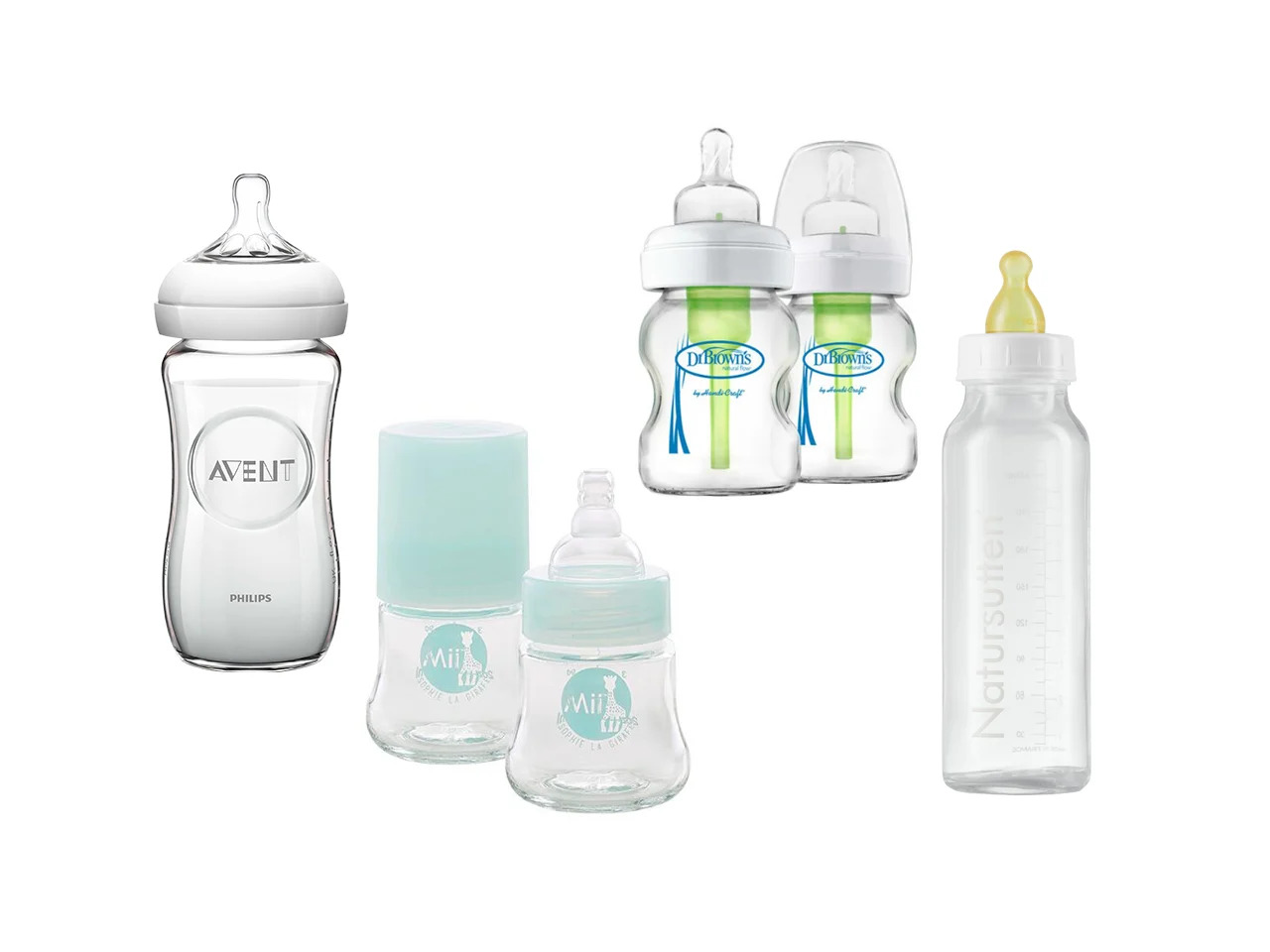
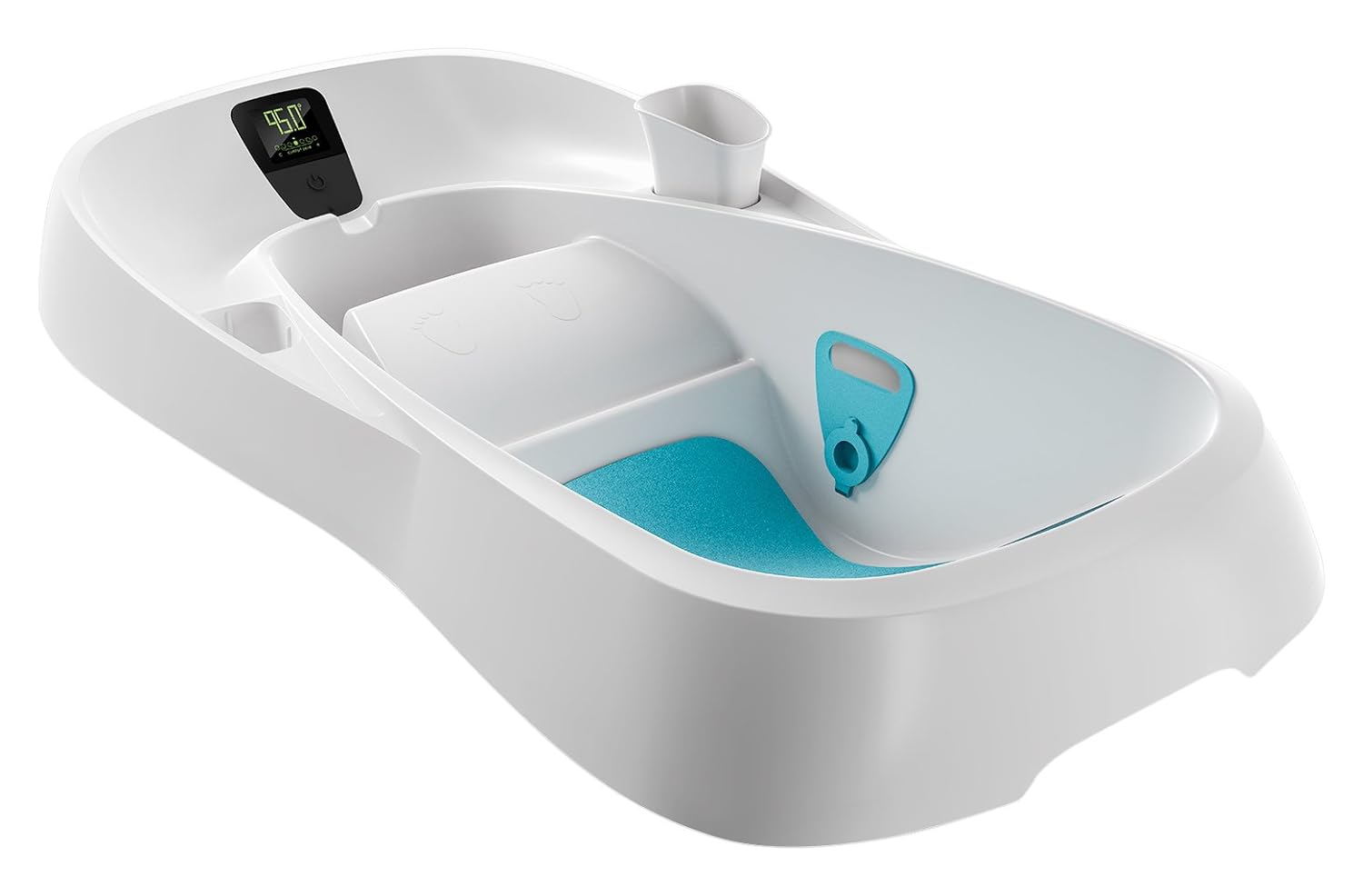
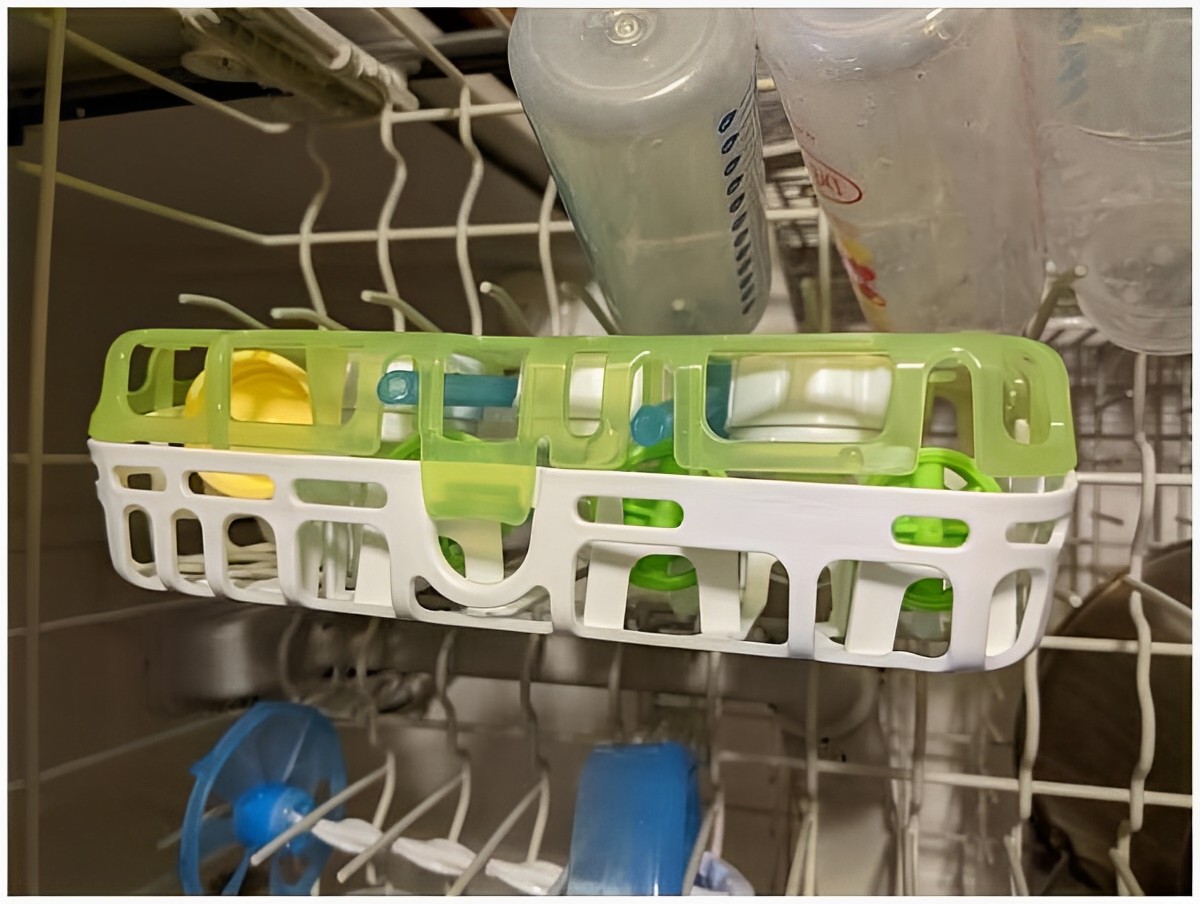
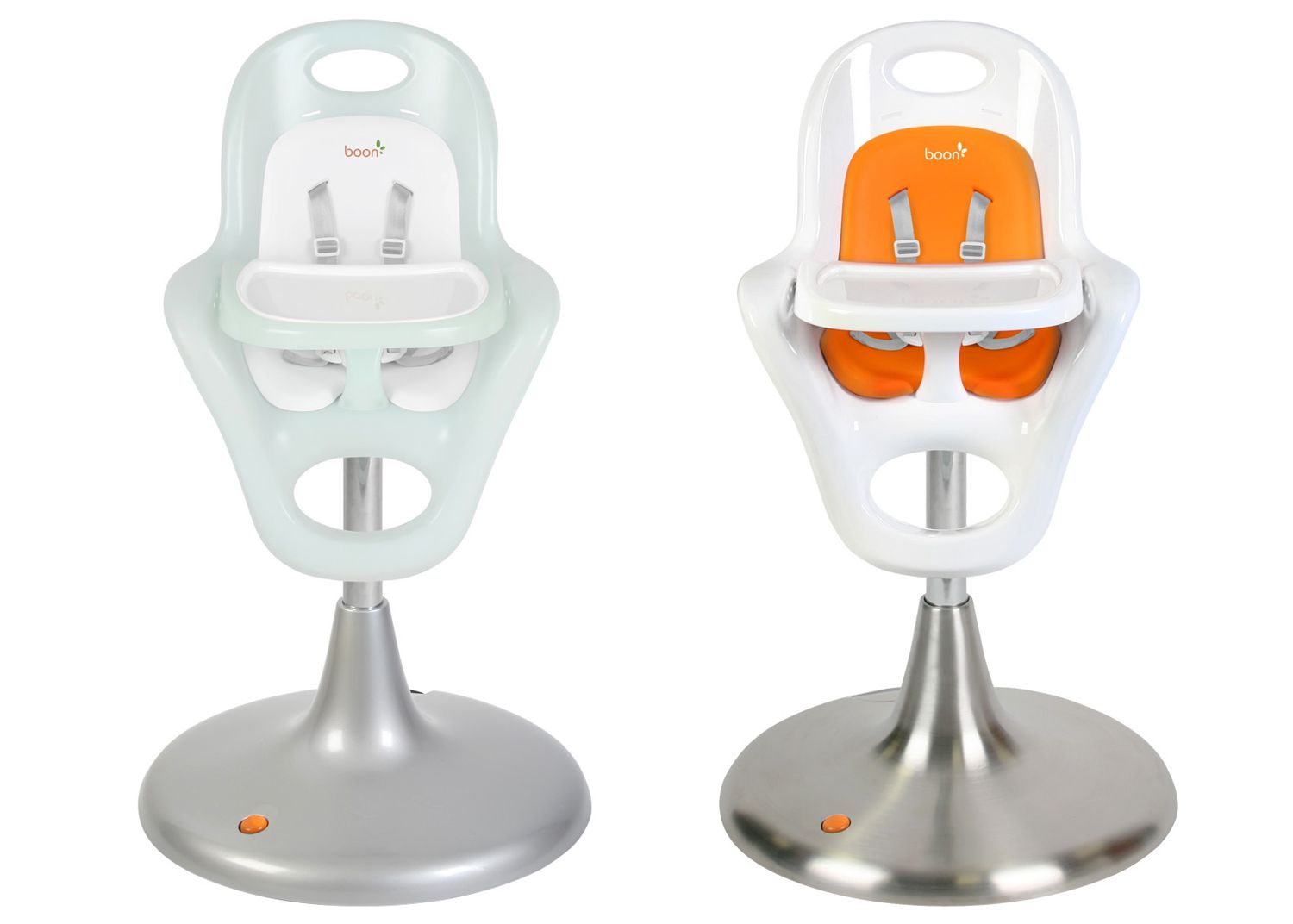
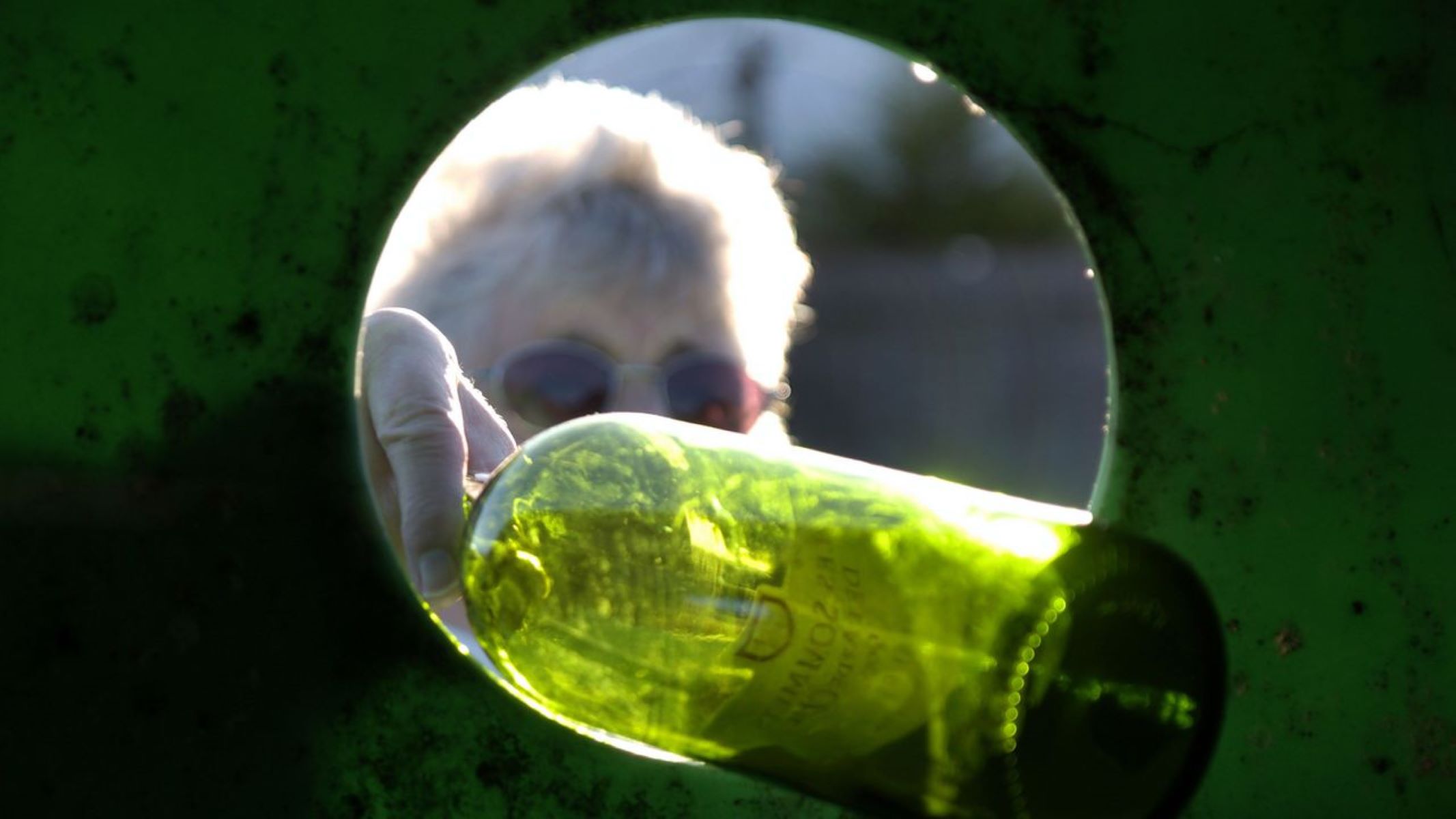
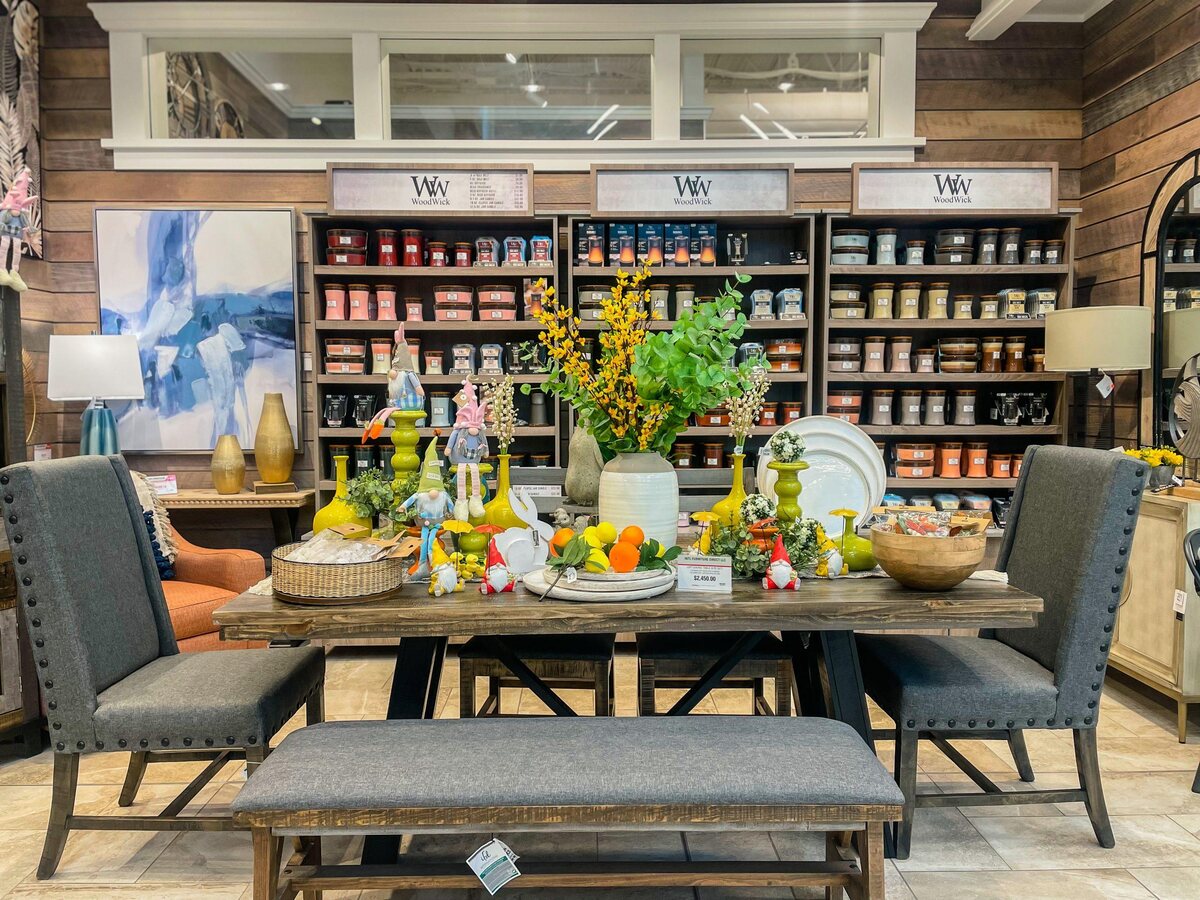


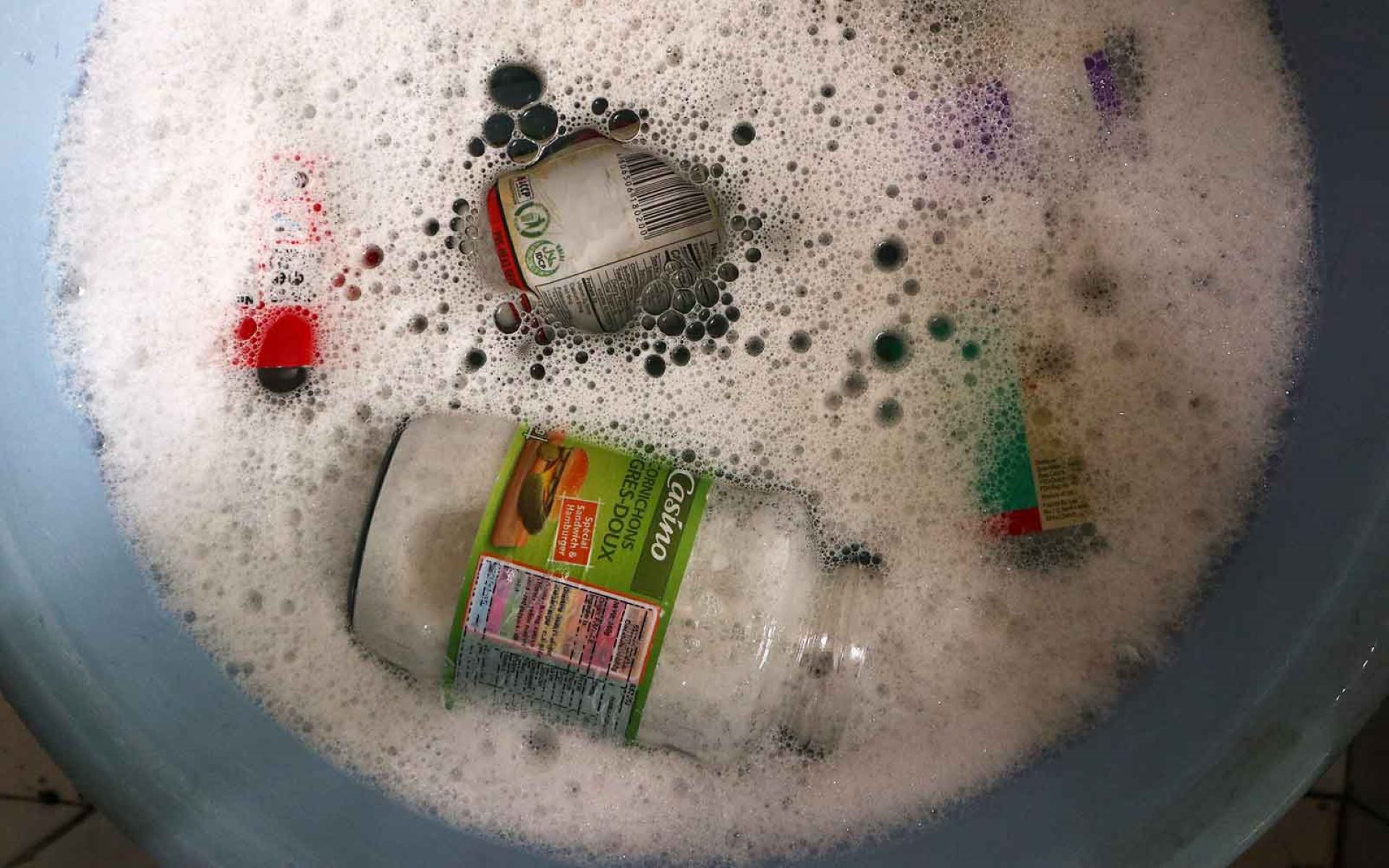
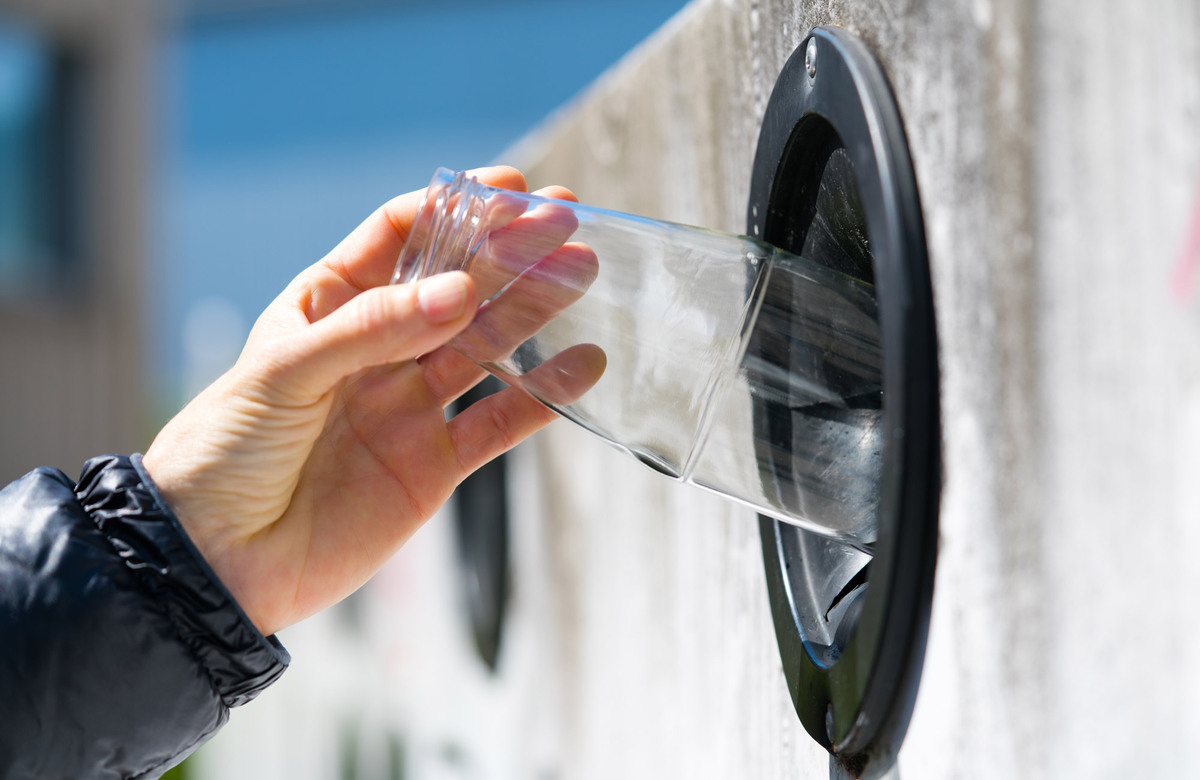
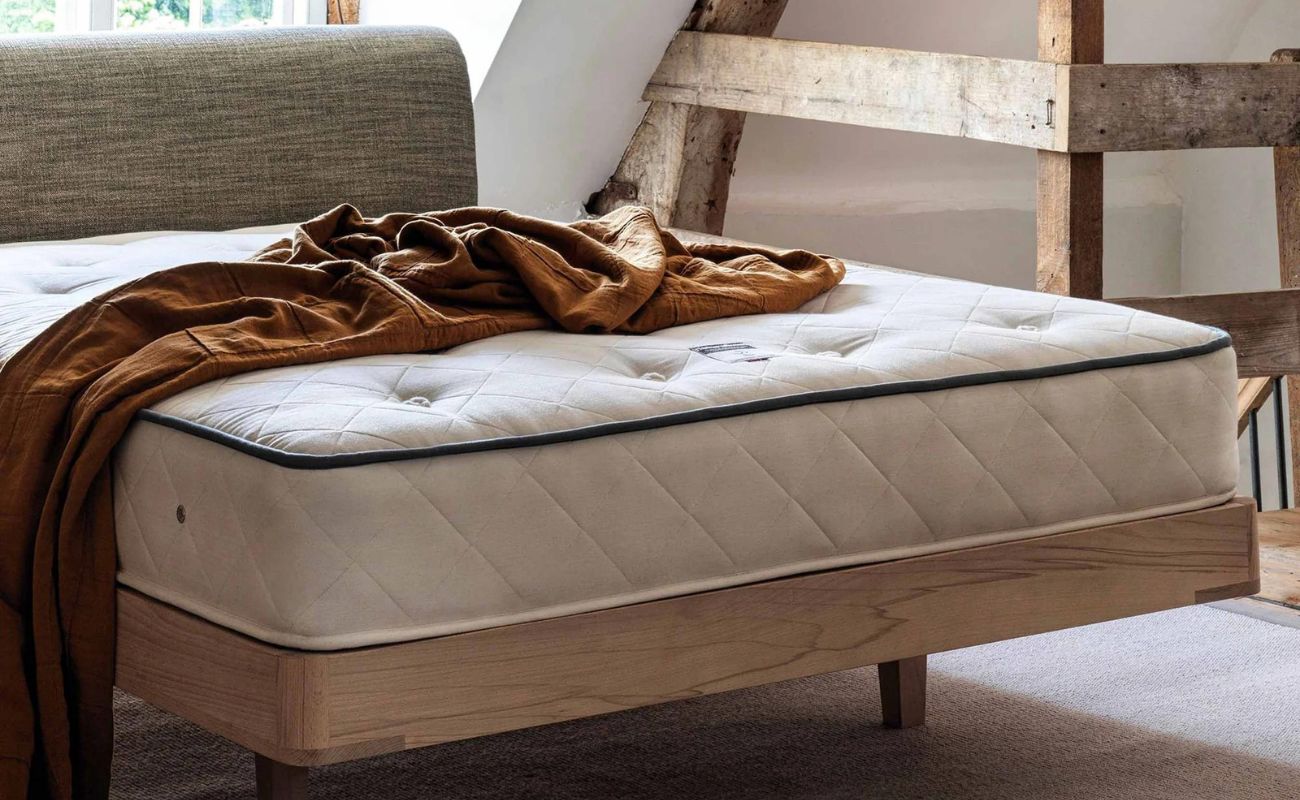
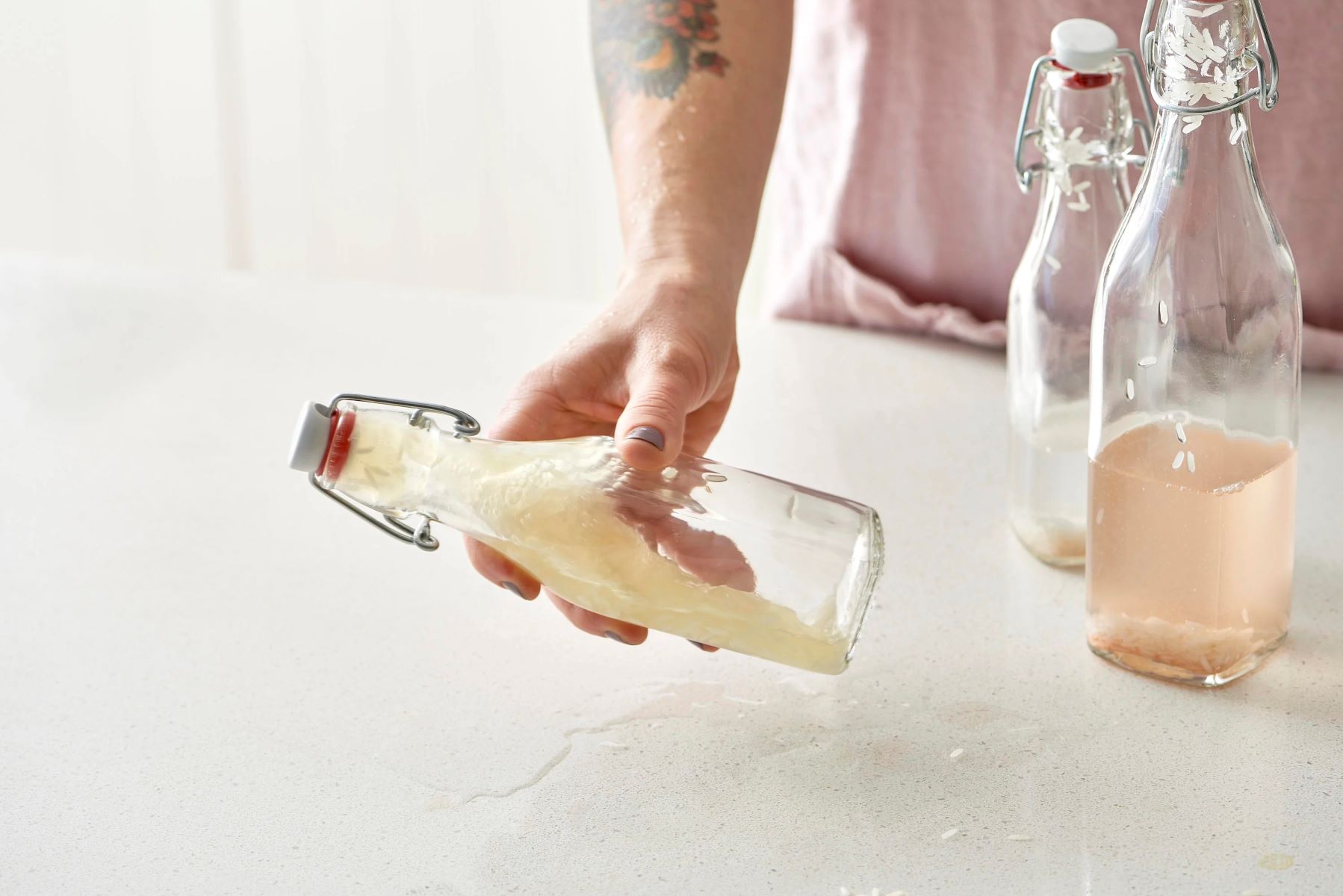
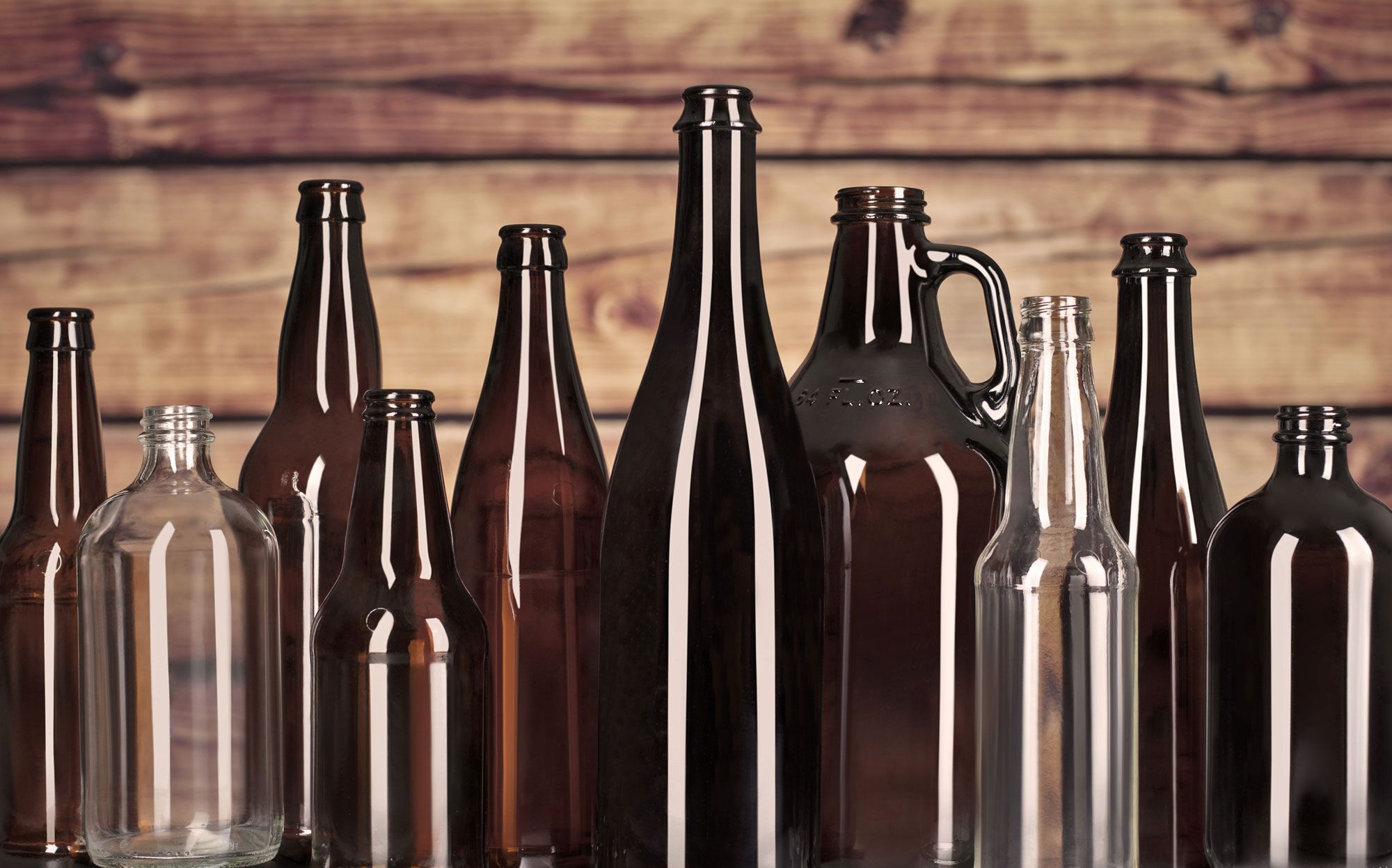
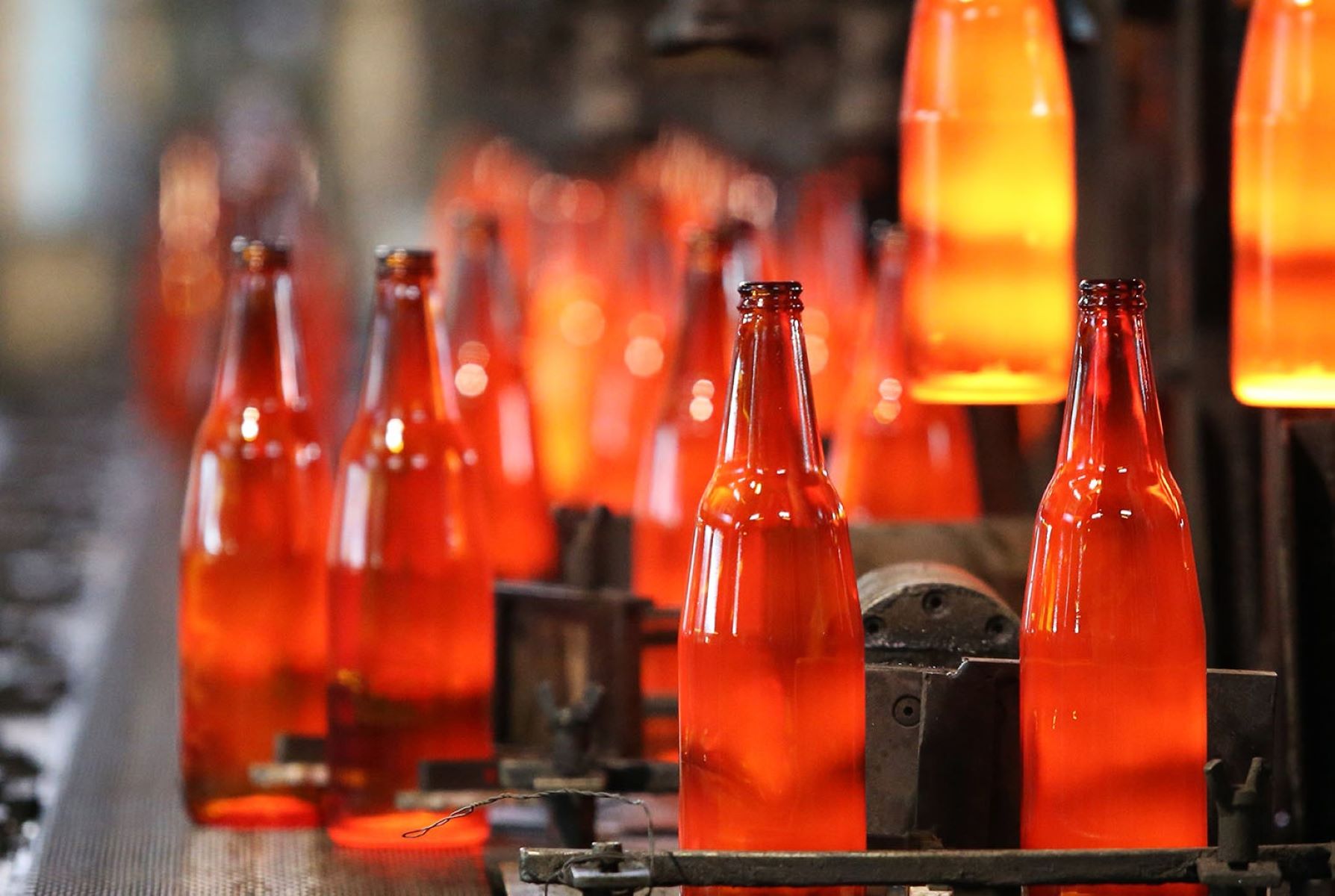
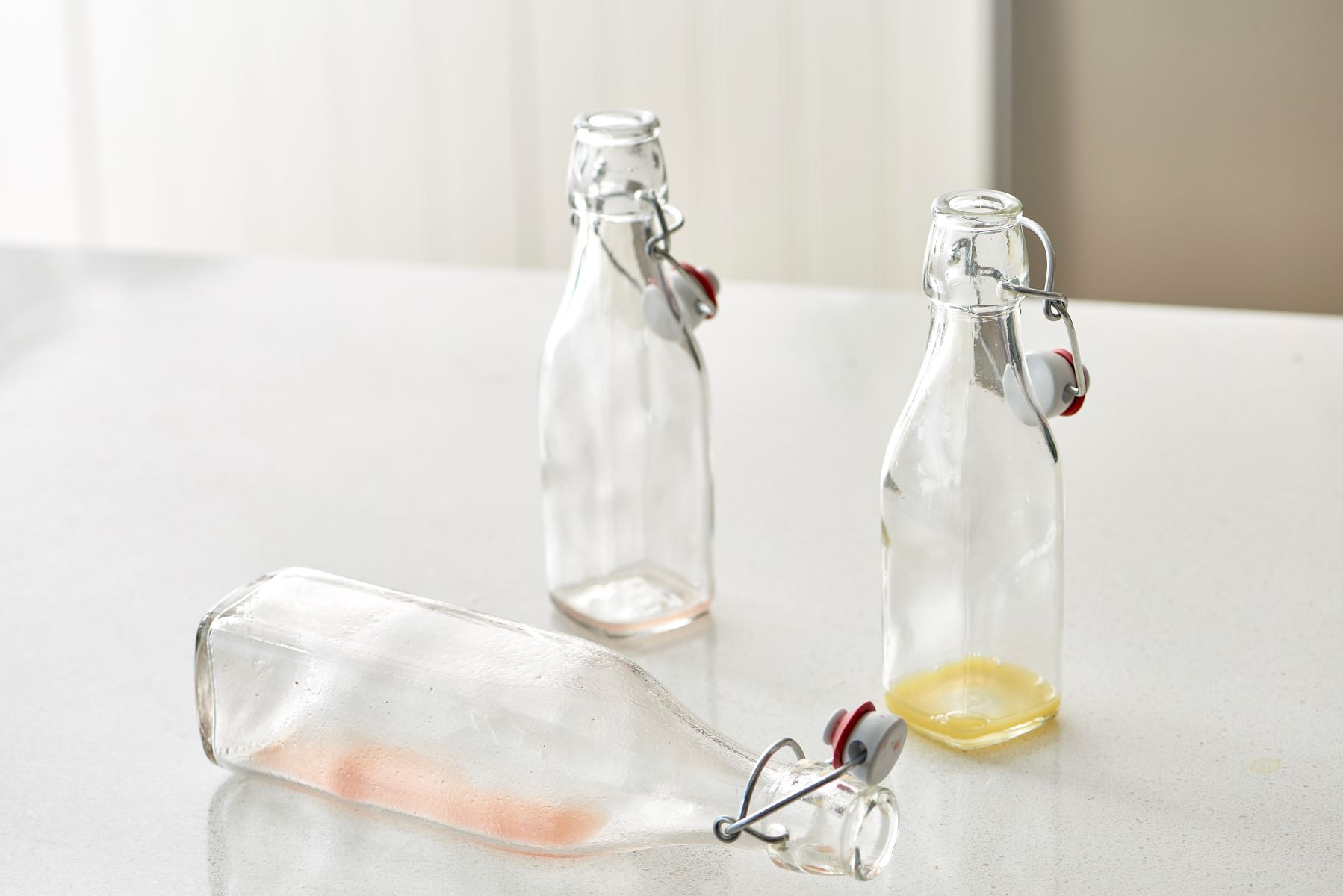

0 thoughts on “Why Are Dr. Brown’s Glass Bottles Discontinued”